Real power flow is controlled primarily by angular differences, flowing from leading angles toward lagging. Reactive power is controlled by voltage magnitudes, flowing from higher voltage toward lower. This assumes a system where all bus voltages are reasonably near 1 p.u. and relatively small angles. This is the basis of a decoupled load flow by the way.

Referring to the circuit above (with \$X=X_G+X_S\$) the power flow equations are,
$$P = \frac{EVsin\theta}{X}$$
$$Q = \frac{E^2-EVcos\theta}{X}$$
So, looking at \$P\$ we can see that in a system where the bus voltages are near 1 p.u. varying the angle \$\theta\$ will be the primary way to control real power flow.
Looking at \$Q\$ we can see that for normal angular differences (few degrees) between buses the reactive power flow is controlled by varying the bus voltages. e.g. \$cos(5°)= 0.9996\$ is not dominant when compared to \$E=1.1\$ and \$V=1.05\$. Ignoring \$cos(5°)\$ the numerator is \$0.055\$. Including \$cos(5°)\$ the numerator becomes \$0.059\$, only a 7% change.
So, for example, if a generator is not producing enough reactive to satisfy the \$I^2X\$ var drop in it's step-up transformer, then you will see reactive power coming into the HV side of the transformer from the system.
We add capacitors at some load buses to provide \$I^2X_C\$ reactive power at the load point. So, this reduces the reactive power coming from the source and reduces the real power loss on the line (which is proportional to \$I^2R_{Line}\$). You will see a corresponding rise on the load bus voltage when the caps are online.
UPDATE: To answer OP question - "What is the meaning of equal real and reactive power?"
We look at P,Q quantities on an x-y coordinate system where the x-axis is the real (P) axis and the y-axis is the imaginary (Q) axis.
So, with \$|P|=|Q|\$ and \$P\$ positive and \$Q\$ negative we have the plot below. Note that by definition \$P\$ and \$Q\$ are always in quadrature (separated by ±90°).

From this we can draw the power triangle and determine power factor, apparent power (\$S\$) etc. The power factor angle, \$\theta\$, is the angle between the real (\$P\$) axis and the hypotenuse (\$S\$). Power factor is the cosine of this angle \$\theta\$.

So, when \$P\$ and \$Q\$ have equal magnitudes with \$P\$ positive and \$Q\$ negative we find,
$$\theta=tan^{-1}\frac{P}{-Q}={-45°}$$
and
$$power factor = cos({\theta}) = \frac{1}{\sqrt{2}}=0.707$$


